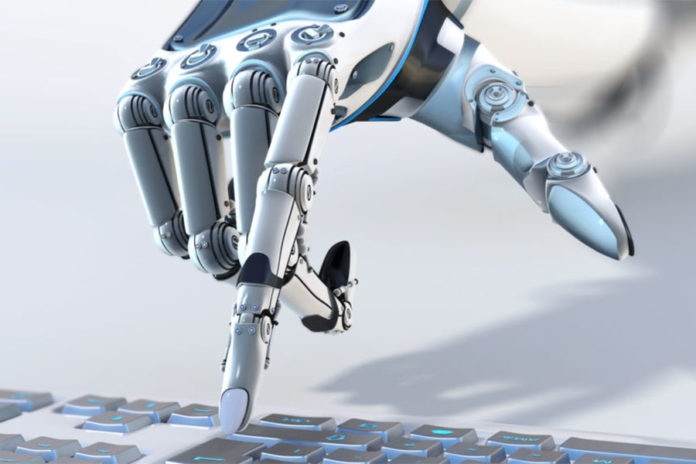Artificial intelligence has started — slowly — to make its presence felt in payments and commerce, including in fraud prevention, via early deployments of the technology and cutting-edge AI algorithms. And with those deployments comes increasing awareness of what AI can really do, how it can improve upon less sophisticated machine learning technology, and why it promises to play a vital role in the daily lives of consumers in the coming decades.
The race to get ahead on the technology is now gaining clarity as well. Fresh data from the U.N. World Intellectual Property Organization, or WIPO, finds that the U.S. and China are building global dominance in AI technology development (along with closely related tech that is finding more use among financial institutions). The study is based on “more than 340,000 AI-related patent applications and 1.6 million scientific papers published since AI first emerged in the 1950s, with the majority of all AI-related patent filings published since 2013.”
The 158-page WIPO study found that U.S.-based IBM has 8,902 AI patents, the biggest such collection in the world.
Microsoft was significantly behind that, with 5,903 patents, but that’s still good enough for the global major leagues when it comes to AI research and innovation.
“Business applications are dominated by IBM and Microsoft,” the report said. Google parent “Alphabet and Verizon also show a strong patenting activity in this field, along with Toshiba and Alibaba (all of the patents being mainly for e-commerce purposes).”
China’s Growing Role
While Japan, in the early 1980s, accounted for some the first AI patent filings, efforts there have “stagnated,” the report said. China, meanwhile, took a bigger role in AI patent filings. The country is home to “17 of the top 20 academic institutions involved in patenting AI, and was particularly strong in the fast growing area of deep learning — a machine-learning technology technique that includes speech recognition systems.” South Korea, too, is a hotbed of recently AI activity.
Knowing which countries lead in AI research and innovation is notable because those facts help shape trade and technologies policies around the world — and because the particular payment and retail habits of those countries can theoretically influence the scope and path of such research.
Consider China’s relatively quick embrace of mobile payments and commerce, and the ongoing growth of mobile ecosystems there. Or, coming from another angle, consider recent consideration at the U.S. federal level of tighter export controls on AI — thinking heavily shaped by concerns about China.
Also important are the specific areas of AI research. In the next five years, internet, financial and eCommerce are probably the biggest industries that will be affected by AI research – “those where there are immediate transactions of money,” the report says. “After that we will see areas such as retail, healthcare, manufacturing, transportation and automotive, and logistics, including warehousing/transportation/delivery. Eventually AI will penetrate everything.”
AI Payments Growth
More specifically, the report found that when it comes to AI patent filings, banking and finance was among the areas exhibiting the most growth, with an average annual growth rate of 27.7 percent. That compares to transportation, the area with the highest growth rate at 32.9 percent, agriculture (32.3 percent) and government (30.3 percent). AI patent filings related to smart cities had an annual growth rate of 47 percent.
Those growth rates are not the whole story when it comes to AI research and innovation, however.
That’s because, as the study says, “many AI-related technologies can find use across different industries, as shown by the large number of patents in AI that refer to multiple industries.”
As well, according that WIPO study, “Some well-known companies that do not feature among the top overall players in AI patents are nonetheless prominent in certain areas; these include Facebook and Tencent in networks and social networks.”
AI Banking Trends
PYMNTS has dug deep into the use of AI by U.S.-based financial institutions, and while only 5.5 percent of them use true AI — simply put, unsupervised computer learning — there is documented interest in using that technology more often for such tasks as customer service and fraud prevention.
A recent PYMNTS research reports entitled “The AI Gap: Perception Versus Reality In Payments And Banking Services,” also found misconceptions about what AI really is (as compared to machine learning, for instance) and documented the correlation between a bank’s size and the sophistication of its learning systems, with larger banks typically using more sophisticated systems than smaller ones.
The AI report from WIPO didn’t go much beyond the numbers and areas targeted by AI patent filings. But it is further evidence that AI is going to find a bigger place in many industries — including payments and commerce, and smart cities and connected transportation, among others — before too long, with two countries leading the way.






























